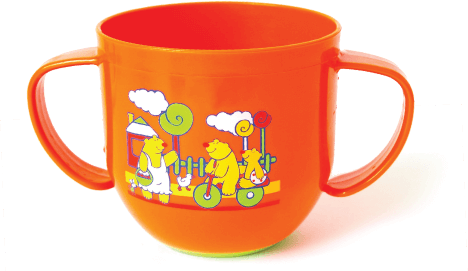Nipple to the cup to the table
- Home
- Ellyn Satter
- Older Baby / Almost Toddler
- Infant Older Baby
- Nipple to the cup to the table


How long do you want your baby to breastfeed or have the bottle?
How will you teach your baby to drink from the cup?
What do you do about nipple-feeding when she starts on solid foods?
What about nipple feeding when she eats family meals?
Later, your baby will eat more solid foods and take less breastmilk or formula. Then, the solid foods are nutritionally more important, and you stop breastfeeding or formula feeding at mealtime. Instead, you offer a cup.

Wait to start juice until your baby can drink from a cup. Give juice in a cup, not in the bottle. This is the time for starting to get off the bottle. Putting juice in the bottle keeps her on the bottle.

© Ellyn Satter
HAND EXPRESSION
How it works
Use your hand to gently massage and compress your breast to remove milk.
What’s Involved
Average Cost
Free
Side-Lying Hold
This hold is useful when:
Cross-Cradle Hold
This hold is useful when:
Clutch or “Football” Hold
This hold is useful when:
Cradle Hold
This hold is useful when:
Laid-Back Hold
This hold is useful when: